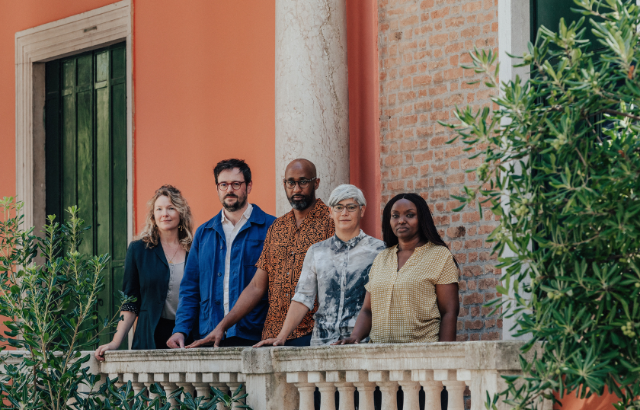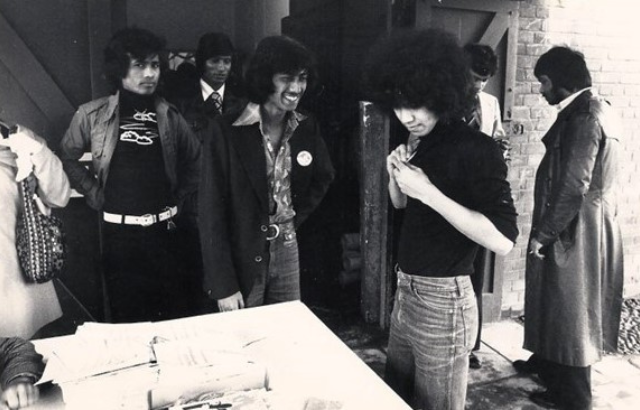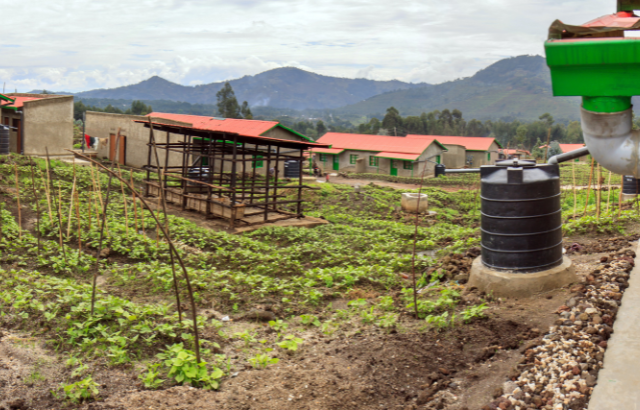The exhibition, GBR: Geology of Britannic Repair, will explore how architecture can respond to the colonial legacies of geological extraction. It proposes architecture as a force for repair and renewal. Rooted in a UK–Kenya collaboration, the Pavilion will be transformed into a space for alternative geologies, planetary justice, and earth-based architectural practice.
Professor Yusoff, a leading academic in the School of Geography and an expert in inhuman geography, joins fellow curators Owen Hopkins (Farrell Centre, Newcastle University), and Kabage Karanja and Stella Mutegi (Cave_bureau, Nairobi). The team’s shared vision is to re-centre architecture’s relationship with geology, challenge extractive histories, and advance decolonial and decarbonising approaches to design.
At the heart of the exhibition is the Great Rift Valley, a vast geological formation spanning Turkey to Mozambique. This region serves as a conceptual and geographical anchor. Through a series of installations by international practitioners including Mae-ling Lokko (Yale) and Gustavo Crembil (Rensselaer), Thandi Loewenson (RCA), and the Palestine Regeneration Team (PART)(University of Westminster/Bartlett UCL), the Pavilion will present ‘other architectures’ shaped by vernacular knowledge, ecological resistance, and cross-cultural solidarity.
The exhibition draws directly on themes explored in Professor Yusoff’s acclaimed book Geologic Life, which was awarded the Faculty of Humanities and Social Sciences’ Outstanding Publication Prize. Her work has long interrogated the entanglements of geology, race, and empire. Her involvement in Geology of Britannic Repair brings a distinctive academic perspective to the curatorial vision, shaped by years of research into the environmental and epistemic legacies of colonialism.
She said: “It is a highlight of my career to bring the ideas of geologic life into public view with such an amazing curatorial team. At its heart the exhibition asks: who gets to imagine the world? The response is held together around a geological entity—the Great Rift Valley—and the historical context of entangled colonial afterlives. It gives space to those rarely recognised as architects: Maasi women, Palestinians, Congolese metal workers, Zambian waste pickers, African miners, and many marginalised planetary vernaculars. It tells geo-stories to reorient the imagination in the context of a planet on fire.”
In addition to the main exhibition, the curators have launched a publishing partnership with e-flux Architecture under the title Insurgent Geologies. This will open space for global conversations about land, climate, and futures beyond extraction.
The Pavilion is part of the British Council’s UK–Kenya Season 2025 and marks the first time the Venice platform has been used explicitly to celebrate UK–Africa cultural co-creation.
The exhibition runs from 10 May to 23 November 2025.



